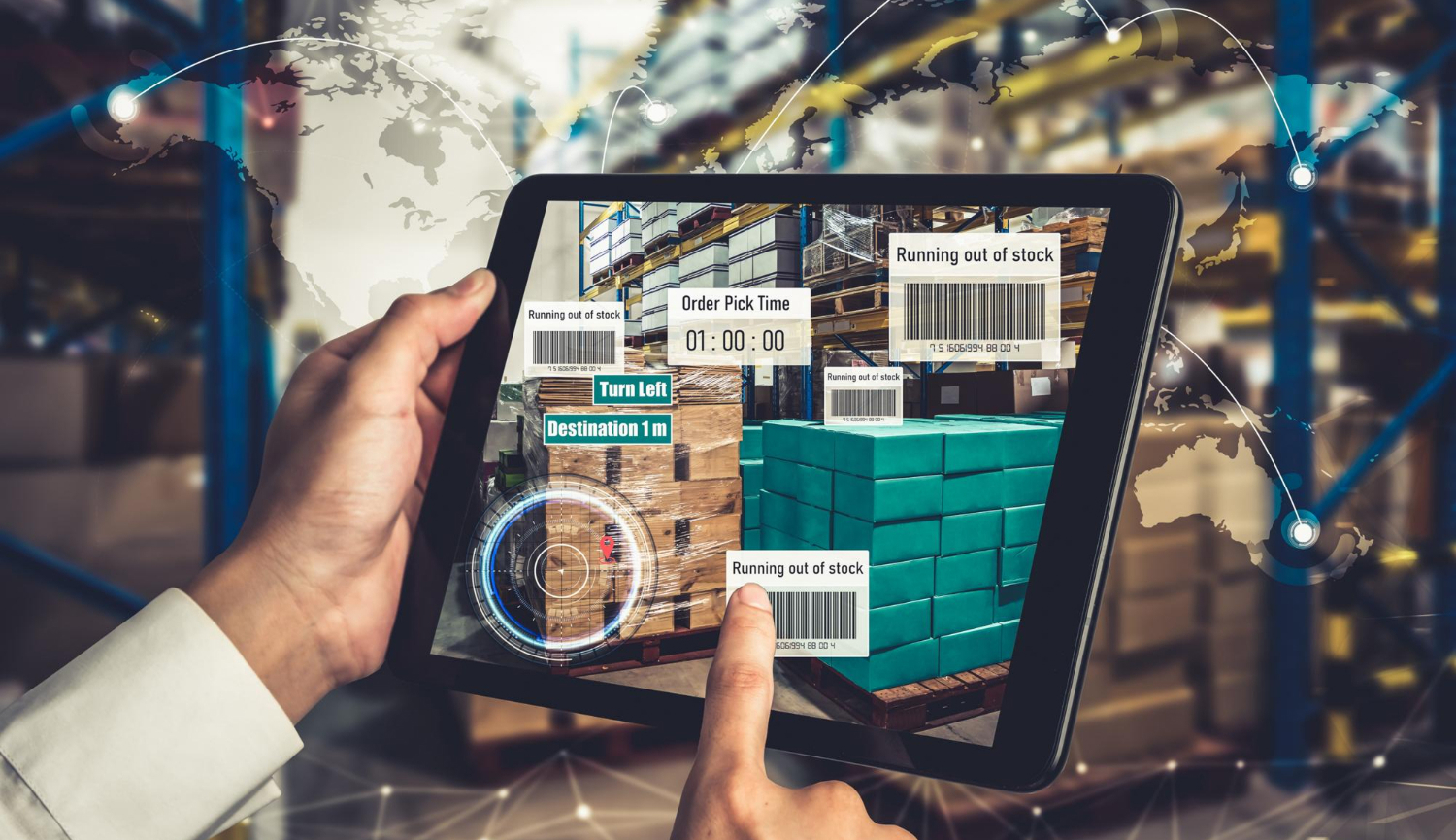
Introduction
In today's globalized economy, supply chain optimization has become a critical competitive advantage for businesses across industries. Machine learning (ML) is revolutionizing how companies approach supply chain management, enabling data-driven decision making, predictive analytics, and automated optimization. This article explores real-world case studies where machine learning has transformed supply chain operations.
1. Demand Forecasting at Walmart
Challenge
Walmart, the world's largest retailer, faced significant challenges in accurately forecasting demand across its 10,500+ stores worldwide. Traditional time-series forecasting methods couldn't adequately account for local events, weather patterns, and sudden market shifts.
ML Solution
Walmart implemented a machine learning system that:
- Analyzes historical sales data across all stores
- Incorporates external data sources (weather, local events, economic indicators)
- Uses ensemble models combining ARIMA, LSTM neural networks, and gradient boosting
- Provides store-specific and product-category-specific forecasts
Results
- 20% improvement in forecast accuracy compared to previous methods
- 15% reduction in out-of-stock incidents
- 10% decrease in excess inventory holding costs
2. Route Optimization at UPS
Challenge
UPS delivers over 20 million packages daily, with fuel costs representing a significant portion of operating expenses. The company needed to optimize delivery routes to reduce mileage and fuel consumption.
ML Solution
UPS developed the ORION (On-Road Integrated Optimization and Navigation) system which:
- Processes data from 250+ million address points
- Considers over 1,000 route constraints per driver
- Uses reinforcement learning to continuously improve routing decisions
- Incorporates real-time traffic and weather data
Results
- 100 million miles reduced annually (equivalent to 10 million gallons of fuel saved)
- $300-400 million in annual cost savings
- Reduction of 100,000 metric tons in CO2 emissions per year
3. Inventory Management at Amazon
Challenge
Amazon's vast product catalog and fulfillment network required sophisticated inventory placement strategies to balance availability with storage costs.
ML Solution
Amazon developed machine learning models that:
- Predict regional demand patterns for millions of SKUs
- Optimize inventory placement across 200+ fulfillment centers
- Use multi-armed bandit algorithms for new product placement
- Continuously adjust safety stock levels based on demand variability
Results
- 20% improvement in inventory turnover
- Reduction in average delivery times by 1.5 days
- $1.3 billion reduction in inventory holding costs in first year of implementation
4. Supplier Risk Assessment at Bosch
Challenge
Bosch's complex global supply network with thousands of suppliers required better risk assessment tools to prevent disruptions.
ML Solution
Bosch implemented a supplier risk monitoring system that:
- Analyzes financial reports, news, and social media for risk indicators
- Uses natural language processing to assess supplier sentiment
- Applies graph algorithms to map supply network dependencies
- Predicts potential disruptions with 85% accuracy
Results
- 40% reduction in unplanned supply disruptions
- Early identification of 92% of at-risk suppliers
- 30% improvement in procurement team efficiency
Key Machine Learning Techniques in Supply Chain Optimization
| Technique | Application | Benefit |
|---|---|---|
| Time Series Forecasting | Demand prediction, inventory planning | Reduces stockouts and overstock |
| Reinforcement Learning | Dynamic routing, scheduling | Continuous improvement in operations |
| Natural Language Processing | Supplier risk assessment | Early warning for potential issues |
| Computer Vision | Warehouse automation | Improves picking accuracy and speed |
| Graph Algorithms | Network optimization | Identifies critical paths and dependencies |
Implementation Challenges
While machine learning offers significant benefits, companies face several challenges in implementation:
- Data Quality: ML models require clean, consistent, and comprehensive data
- Change Management: Workforce needs training to work with ML systems
- Integration: ML systems must work with existing ERP and SCM software
- Explainability: Some ML models operate as "black boxes" making decisions hard to explain
- Continuous Learning: Models require ongoing monitoring and retraining
Future Trends
The future of ML in supply chain management includes:
- Digital twin technology for supply chain simulation
- Autonomous supply chains with minimal human intervention
- Blockchain integration for enhanced traceability
- Edge computing for real-time decision making
- AI-powered circular supply chains for sustainability
Conclusion
Machine learning is transforming supply chain management across all industries. As demonstrated by these case studies, companies that effectively implement ML solutions gain significant competitive advantages through improved efficiency, reduced costs, and enhanced resilience. The key to success lies in starting with well-defined problems, ensuring high-quality data, and focusing on measurable business outcomes.




